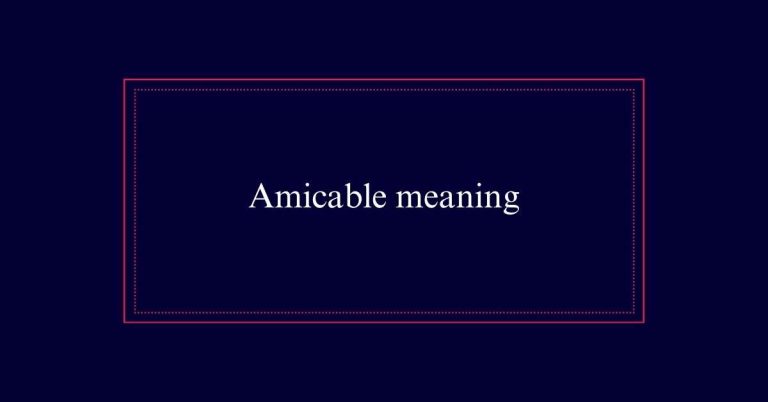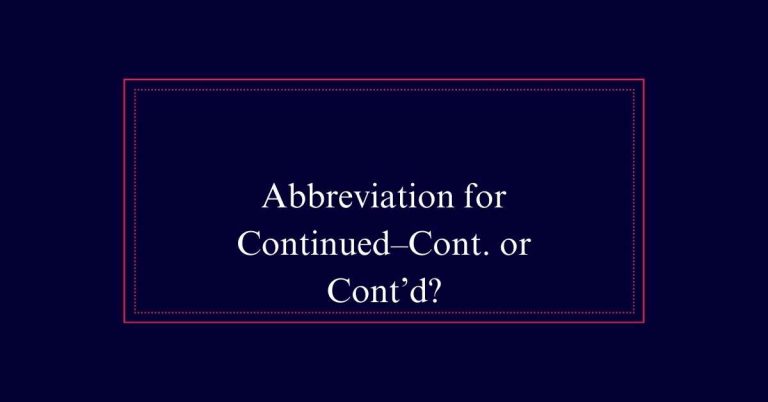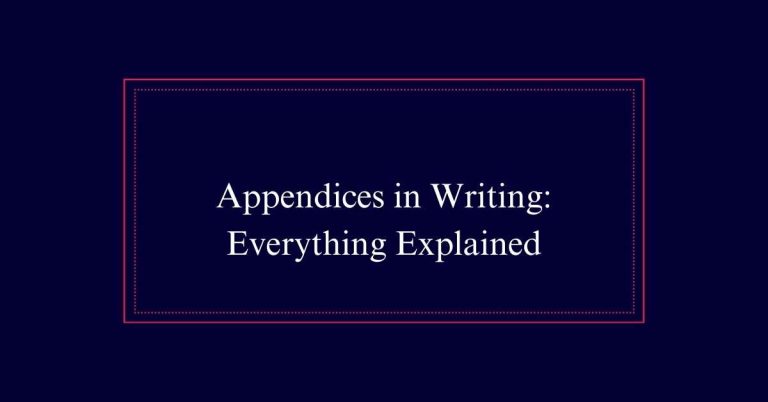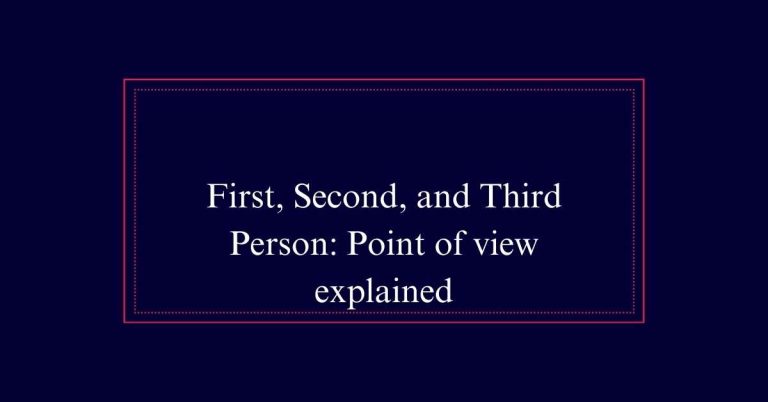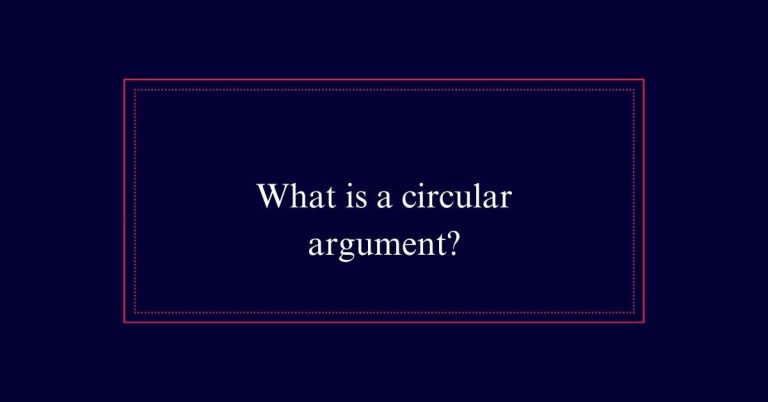Continuously Vs. Continually
‘Continuously’ and ‘continually’ are often confused, but they have distinct meanings. ‘Continuously’ refers to actions that occur without any interruption. For example, ‘The water flows continuously in the river.’ In contrast, ‘continually’ refers to actions that are repeated with intervals in between. For instance, ‘She continually checked her phone during the meeting.’ Use ‘continuously’ for nonstop processes, and ‘continually’ for repeated actions with breaks.
Defining Continuously
Continuously describes an action that occurs without any interruption. This means the action happens nonstop, without any pauses.
For instance, a river flows continuously if it never stops moving. It’s important to use the term accurately. A common mistake is using continuously for actions that merely happen often.
For example, saying ‘My grandmother corrects my grammar continuously’ is incorrect if she takes breaks. Instead, it should be ‘continually’ if she corrects it frequently.
Correct usage of continuously can be seen in the sentence, ‘The machine operates continuously without any breaks.’ This clearly indicates the action is unbroken and uninterrupted.
Common Mistakes With Continuously
A frequent error involves using ‘continuously’ to describe actions that happen intermittently rather than without interruption. This misuse often leads to confusion and miscommunication. To avoid this mistake, it’s important to understand the proper context for ‘continuously’.
Here are some common pitfalls:
- Conversations: Saying ‘She talks continuously’ when there are natural pauses.
- Events: Describing thunderstorms as ‘striking continuously’ when lightning flashes occur at intervals.
- Work: Claiming ‘I work continuously’ during an eight-hour shift with breaks.
- Activities: Stating ‘He exercises continuously’ when workouts include rest periods.
Examples of Incorrect Usage
Misusing ‘continuously’ when ‘continually’ is appropriate often leads to confusion in both written and spoken communication.
For instance, saying, ‘She called me continuously last night’ implies she never stopped calling, which is rarely the case. A more accurate sentence would be, ‘She called me continually last night,’ indicating repeated calls.
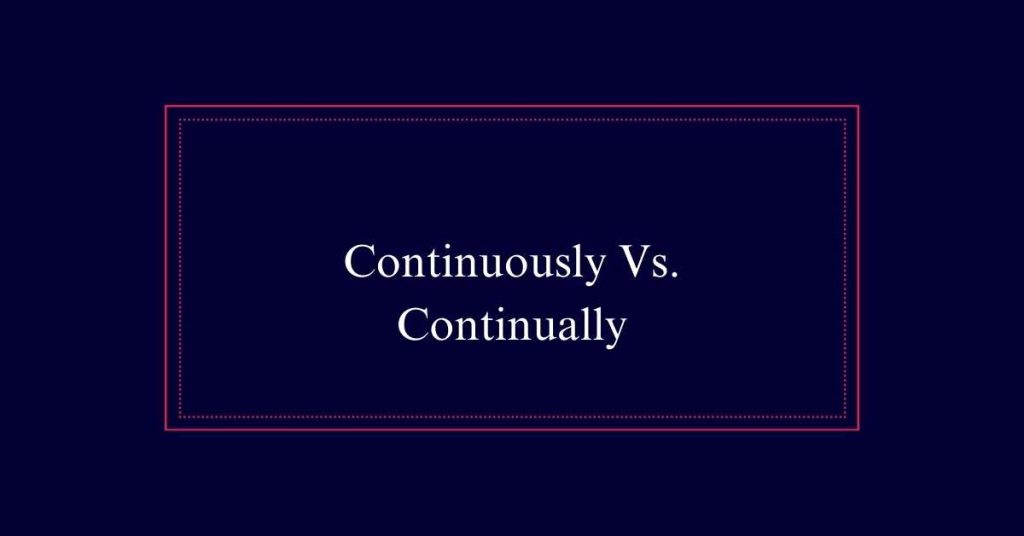
Another common error is using ‘continuously’ in, ‘The car alarm went off continuously all morning.’ This suggests the alarm never ceased, which is unlikely. Instead, ‘The car alarm went off continually all morning’ correctly conveys frequent interruptions.
Examples of Correct Usage
Understanding the correct usage of ‘continuously’ and ‘continually’ can prevent miscommunication and clarify your writing. To illustrate, consider these examples:
- Continuously: ‘The machine operated continuously for eight hours without a break.’
- Continually: ‘She continually reminded her team about the project deadlines.’
These examples show the clear difference between actions that are unceasing and those that recur frequently.
Additionally, imagine a historical context:
- Continuously: ‘The library has been continuously open since its founding in 1902.’
- Continually: ‘Rain continually fell throughout the day, causing occasional interruptions.’
Defining Continually
Continually refers to actions that recur frequently or regularly but are not unceasing. Unlike continuously, which implies an unbroken sequence, continually describes events that happen repeatedly but with intervals.
For example, a person might sneeze continually during allergy season, meaning they sneeze often but not without stop. To decide if ‘continually’ is the right word, ask if the action ever pauses. If it does, then continually is appropriate.
Misusing ‘continuously’ in such contexts can lead to confusion. For instance, saying ‘the dog barks continuously’ suggests it never stops, while ‘the dog barks continually’ means it barks often, but not nonstop.
Identifying Continually Misuses
Many people incorrectly use ‘continually’ when they actually mean ‘continuously’. This misuse often leads to confusion.
Here are some common mistakes:
- Weather Descriptions: Saying ‘It rained continually for three days’ instead of ‘It rained continuously for three days’ implies frequent but not nonstop rain.
- Work Habits: Claiming ‘She worked continually without a break’ should be ‘She worked continuously without a break’ to signify nonstop effort.
- Events: Describing ‘The machine ran continually’ instead of ‘The machine ran continuously’ suggests frequent starts and stops.
- Noise: Stating ‘The noise occurred continually’ should be ‘The noise occurred continuously’ to explain an uninterrupted sound.
Historical Contexts
In historical contexts, the term ‘continuously’ is often used to describe phenomena or practices that have persisted without interruption over extended periods. For example, the Pantheon in Rome has been used continuously for nearly two thousand years, contributing to its remarkable preservation. This usage highlights important ongoing, uninterrupted activity or existence.
Historical texts and records often employ ‘continuously’ to emphasize the longevity and consistency of certain traditions, structures, or behaviors. It underscores a seamless, unbroken chain of events or states of being.
When examining historical continuity, it is essential to distinguish between actions or conditions that genuinely occur without any pauses or breaks, as opposed to those that are merely frequent or recurrent.
Distinction Between Terms
Understanding the distinction between ‘continuously’ and ‘continually’ is essential for precise communication. Both terms originate from the Latin root ‘continuare,’ meaning to join together, but they convey different nuances.
‘Continuously’ refers to actions that occur without any interruption. In contrast, ‘continually’ describes actions that happen frequently but not without breaks.
To evoke emotion, consider these scenarios:
- Stress: Misusing these terms can lead to misunderstanding.
- Clarity: Proper use guarantees clear, effective communication.
- Professionalism: Correct usage demonstrates linguistic competence.
- Confidence: Knowing the difference boosts your writing confidence.
For example, a clock ticks continuously, while lightning during a storm strikes continually.
Practical Application Tips
How can you guarantee the correct usage of ‘continuously’ and ‘continually’ in your writing?
First, identify whether the action is uninterrupted or recurrent. Use ‘continuously’ for actions that do not stop, like a river flowing or a clock ticking. For example, ‘The machine operated continuously for eight hours.’
Conversely, use ‘continually’ for actions that happen frequently but with breaks. For instance, ‘The phone rang continually throughout the day.’
Another tip is to ask if the action had any breaks. If it did, ‘continually’ is the correct choice. Practice these distinctions to ensure clear and precise writing.



